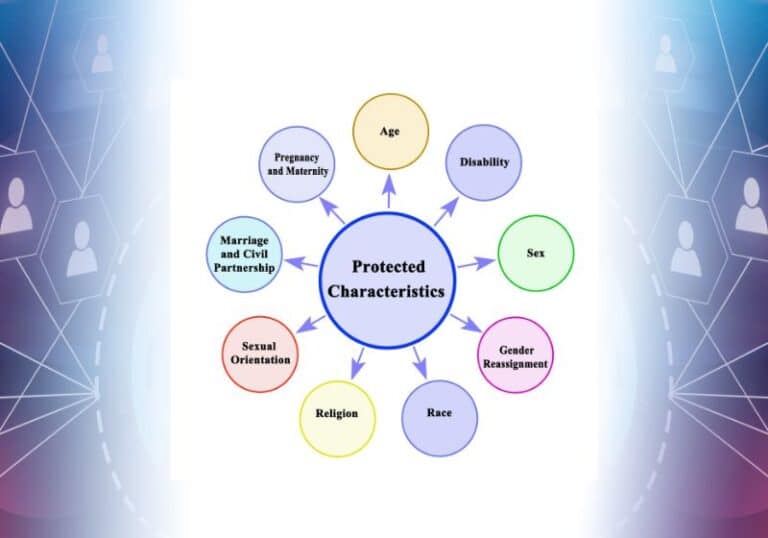Managing the Rise of AI-Written Employee Complaints

When the Grievance Sounds Too Polished
Artificial intelligence is becoming part of everyday working life. More and more businesses are integrating tools like ChatGPT and other generative AI platforms into their operations—from automating customer service and analysing data, to drafting content and streamlining administrative tasks. Much of the discussion so far has rightly focused on how employers should manage the responsible use of AI within their business: what policies to implement, how to safeguard data, and what guardrails to put in place to ensure accuracy and ethical use.
However, what’s starting to surface—and perhaps less talked about—is how employees are also using AI tools in the workplace, especially when it comes to internal communication. A growing number of employers are encountering employee grievances that have clearly been drafted with the help of AI. Unlike the traditional grievance letter, which might span pages of emotionally-charged, often unstructured narrative, these new submissions are precise, professional, and legally toned—often far more articulate than the employee might normally be expected to write.
Why Employees are choosing to use AI
There are many reasons employees might turn to AI tools to draft a grievance. Firstly, AI helps to bring clarity and structure to what can be a complex and emotional issue. Employees may feel overwhelmed by the task of putting their feelings and experiences into words, particularly if they lack confidence in their writing ability. By using AI, they are able to convey their concerns in a more measured, succinct, and formal way—free from the stress of choosing the right tone or phrasing.
Secondly, AI offers a sense of control. Many grievance issues are deeply personal or sensitive. The employee may worry about being taken seriously or may fear retaliation. Using AI can help them frame their message in a neutral, assertive voice—possibly making them feel more empowered and less vulnerable. It also gives them a sense of authority: some AI-generated letters mimic legal templates or include references to employment law or ACAS guidance, which can make the complaint feel more substantial.
How to spot and AI written Grievance
However, while AI-generated grievances may appear more polished, they also pose new challenges for employers and HR professionals. One major difficulty is assessing authenticity. Employers may find themselves reading grievance letters that seem unusually formal, articulate, or detached from the employee’s known communication style. If the language includes terminology or references the employee is unlikely to have used on their own—such as “constructive dismissal,” “protected characteristics,” or references to “psychological safety” and “procedural fairness”—this may be a sign that AI has had a hand in crafting the submission.
Another giveaway is a lack of personal detail or emotional nuance. AI-generated text, for all its precision, often lacks the “human touch.” Grievances written with AI may sound impersonal, generic, or devoid of context-specific details that would usually appear in a genuine employee account. They may also be structured like a formal report or legal submission, with bullet points, headings, or references to legislation that feel out of character. This disconnect between the known voice of the employee and the polished tone of the grievance can make it harder for HR teams to respond appropriately.
There is, of course, a risk that AI-written grievances may mislead. While generative AI can sound authoritative, it is not always accurate. It may insert legal-sounding jargon or create the illusion of precedent, even when the claims are not based on fact or fall outside legal relevance. This can increase anxiety among HR teams, who may feel pressured to escalate or formally investigate claims that seem more serious than they actually are. It can also place undue pressure on managers not trained to differentiate between legally grounded concerns and AI-inflated ones.
How Employers Should Respond
First and foremost, businesses should be proactive. If your organisation has already started developing policies around AI use for operational or client-facing work, it may be time to extend this to internal communication too. Clarify whether employees are permitted to use AI tools for writing grievances or formal submissions. If allowed, consider asking employees to disclose when AI has been used, much like when someone receives support from a colleague or union representative.
Training is also key. HR professionals and managers need to be equipped to recognise AI-generated content and to understand how to respond to it. This doesn’t mean penalising employees for using these tools, but rather knowing how to interpret the communication.
If a grievance appears unusually well-written or legalistic, consider holding a meeting with the employee to talk through the issues raised and confirm understanding. This not only helps to gauge authenticity but also ensures that the heart of the grievance—how the employee feels and what outcome they’re seeking—is not lost in the AI’s polished delivery.
Employers should also ensure their grievance policies are up to date. It may be helpful to include a section on the use of digital tools and AI, making it clear that while these tools can support communication, the responsibility for the content remains with the employee. Where appropriate, asking employees to sign a declaration that the grievance reflects their personal views and experience can help protect against fabricated or misrepresented claims.
And finally, we should not lose sight of the bigger picture. The grievance process is, at its core, a human one. It’s about listening, understanding, and resolving issues that affect real people in real ways. While AI may help employees articulate their concerns more clearly, it cannot—and should not—replace genuine dialogue, empathy, and emotional intelligence. Employers should treat AI-generated grievances with the same seriousness as any other, but be cautious not to let the digital polish obscure the need for personal connection and careful listening.
In summary, AI in the workplace is here to stay—but the way it’s used by employees, particularly in sensitive HR matters, requires careful consideration. By recognising the signs, updating policies, and retaining a human-centred approach, employers can navigate this new terrain with confidence and care.
Angela Clay
A qualified employment law solicitor and our managing director, Angela has unparalleled legal expertise and decades of experience and knowledge to draw from. She’s a passionate speaker and writer that loves to keep employers updated with upcoming changes to legislation, and is a regular guest speaker on BBC Leicester Radio.




